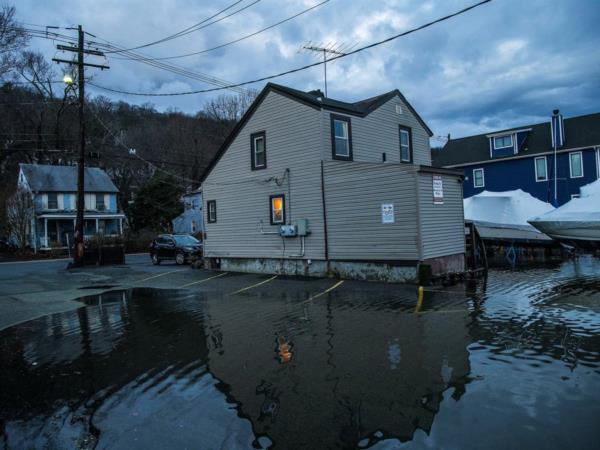
Hurricane Erin, a Category 1 storm, has been causing significant disruption along the East Coast of the United States this week. While the storm has been moving away from the US, it has churned up the Atlantic Ocean, creating dangerous conditions for over 1,000 miles of coastline.
Despite not making landfall, Hurricane Erin has stirred up life-threatening rip currents, prompting numerous rescues and leading to coastal flooding from the Southeast up through Massachusetts. The storm's impact has been particularly felt in North Carolina's Outer Banks, where it has eroded beaches, flooded roads, and prompted evacuations.
Erin made its closest approach to US soil on Wednesday night, passing just 200 miles from the Outer Banks. The storm brought serious coastal flooding, leading to beach erosion and the closure of parts of the highway connecting the barrier islands.



As of Friday morning, Erin was tracking northeast away from the East Coast, with its tropical storm-force winds extending nearly 575 miles end-to-end. The storm's large size has made it larger than 90% of tropical systems in the same region at a similar strength.
While all tropical storm and storm surge warnings for the US have been discontinued, the rip current risk remains high along the East Coast. More than 70 people were rescued from rip currents in North Carolina this week, highlighting the dangerous conditions created by Erin.
States along the East Coast, including New Jersey, Delaware, and Maryland, have declared states of emergency in response to flooding caused by the storm. Coastal areas have experienced significant flooding, leading to road closures and water rescues.
Despite the disruption caused by Hurricane Erin, the storm is expected to weaken as it moves towards the northern Atlantic and encounters less favorable atmospheric conditions. The storm could be downgraded to a tropical storm by Sunday.
Looking ahead, there is the potential for more tropical systems to develop in the wake of Erin. Areas of showers and thunderstorms in the Caribbean and the tropical Atlantic have the potential to form into tropical depressions in the coming days.







